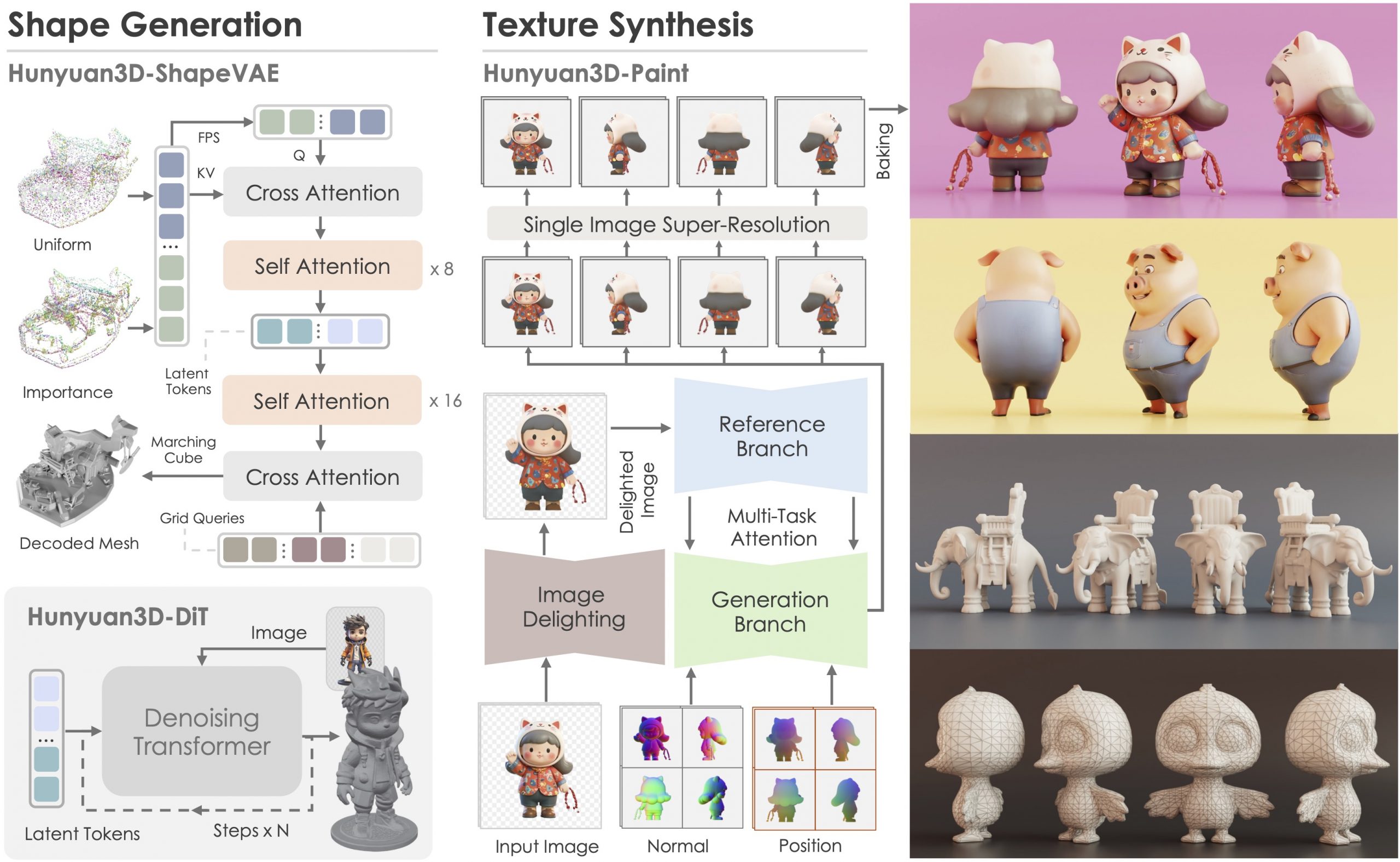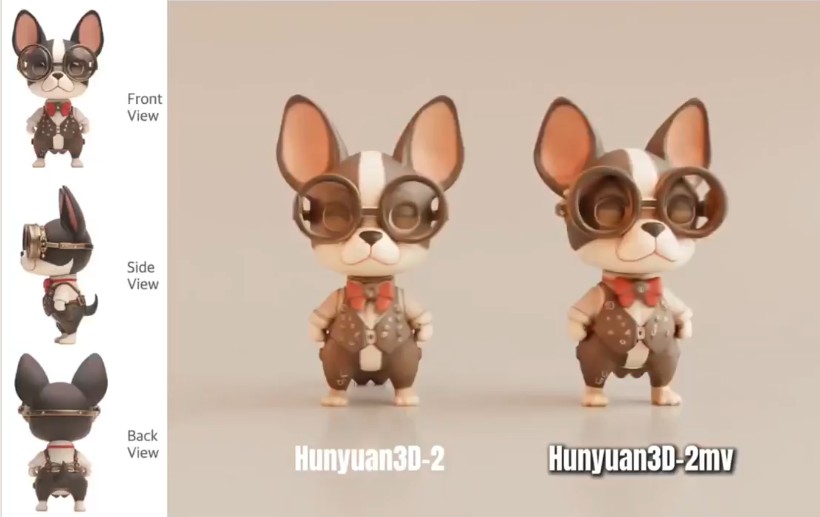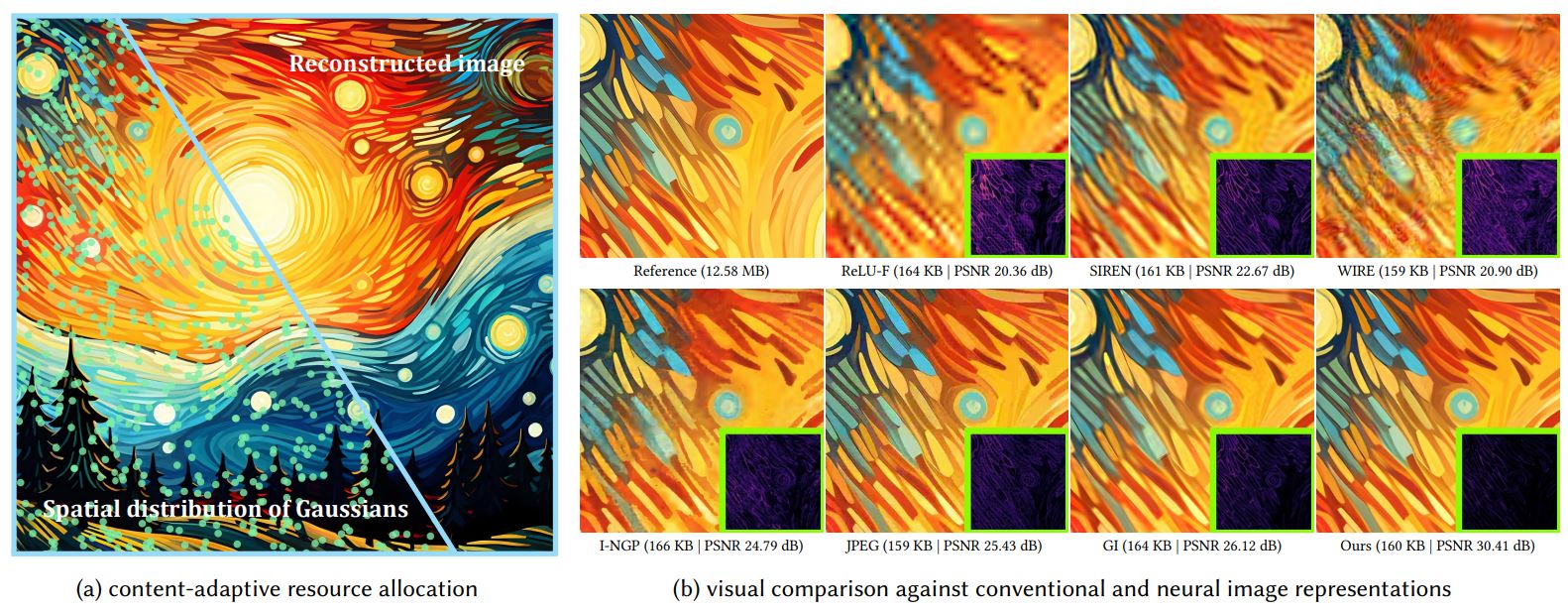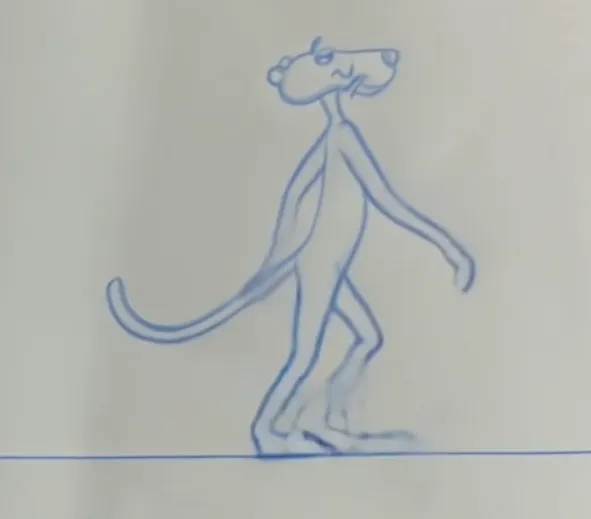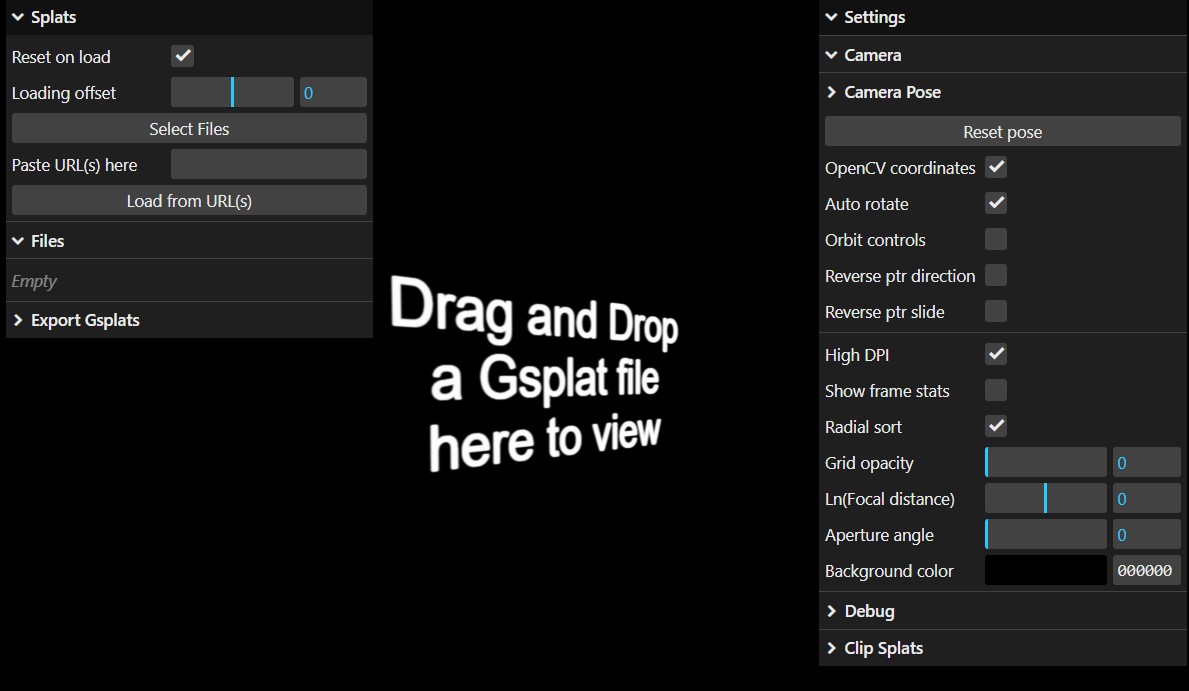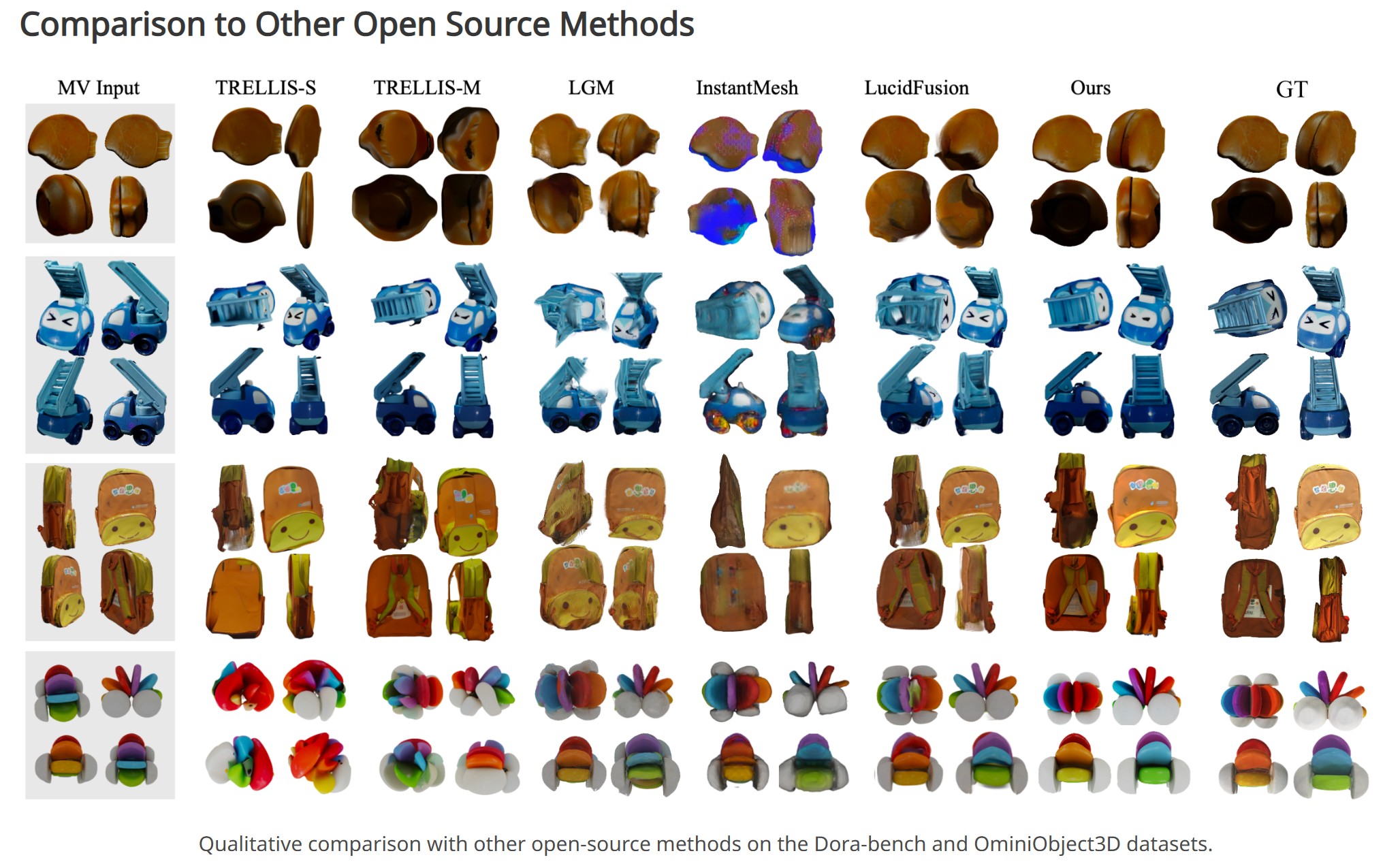BREAKING NEWS
LATEST POSTS
-
Mariko Mori – Kamitate Stone at Sean Kelly Gallery
Mariko Mori, the internationally celebrated artist who blends technology, spirituality, and nature, debuts Kamitate Stone I this October at Sean Kelly Gallery in New York. The work continues her exploration of luminous form, energy, and transcendence.
-
Vimeo Enters into Definitive Agreement to Be Acquired by Bending Spoons for $1.38 Billion
-
ByteDance Seedream 4.0 – Super‑fast, 4K, multi image support
https://seed.bytedance.com/en/seedream4_0
➤ Super‑fast, high‑resolution results : resolutions up to 4K, producing a 2K image in less than 1.8 seconds, all while maintining sharpness and realism.
➤ At 4K, cost as low as 0.03 $ per generation.
➤ Natural‑language editing – You can instruct the model to “remove the people in the background,” “add a helmet” or “replace this with that,” and it executes without needing complicated prompts.
➤ Multi‑image input and output – It can combine multiple images, transfer styles and produce storyboards or series with consistent characters and themes.
-
OpenAI Backs Critterz, an AI-Made Animated Feature Film
https://www.wsj.com/tech/ai/openai-backs-ai-made-animated-feature-film-389f70b0
Film, called ‘Critterz,’ aims to debut at Cannes Film Festival and will leverage startup’s AI tools and resources.
“Critterz,” about forest creatures who go on an adventure after their village is disrupted by a stranger, is the brainchild of Chad Nelson, a creative specialist at OpenAI. Nelson started sketching out the characters three years ago while trying to make a short film with what was then OpenAI’s new DALL-E image-generation tool.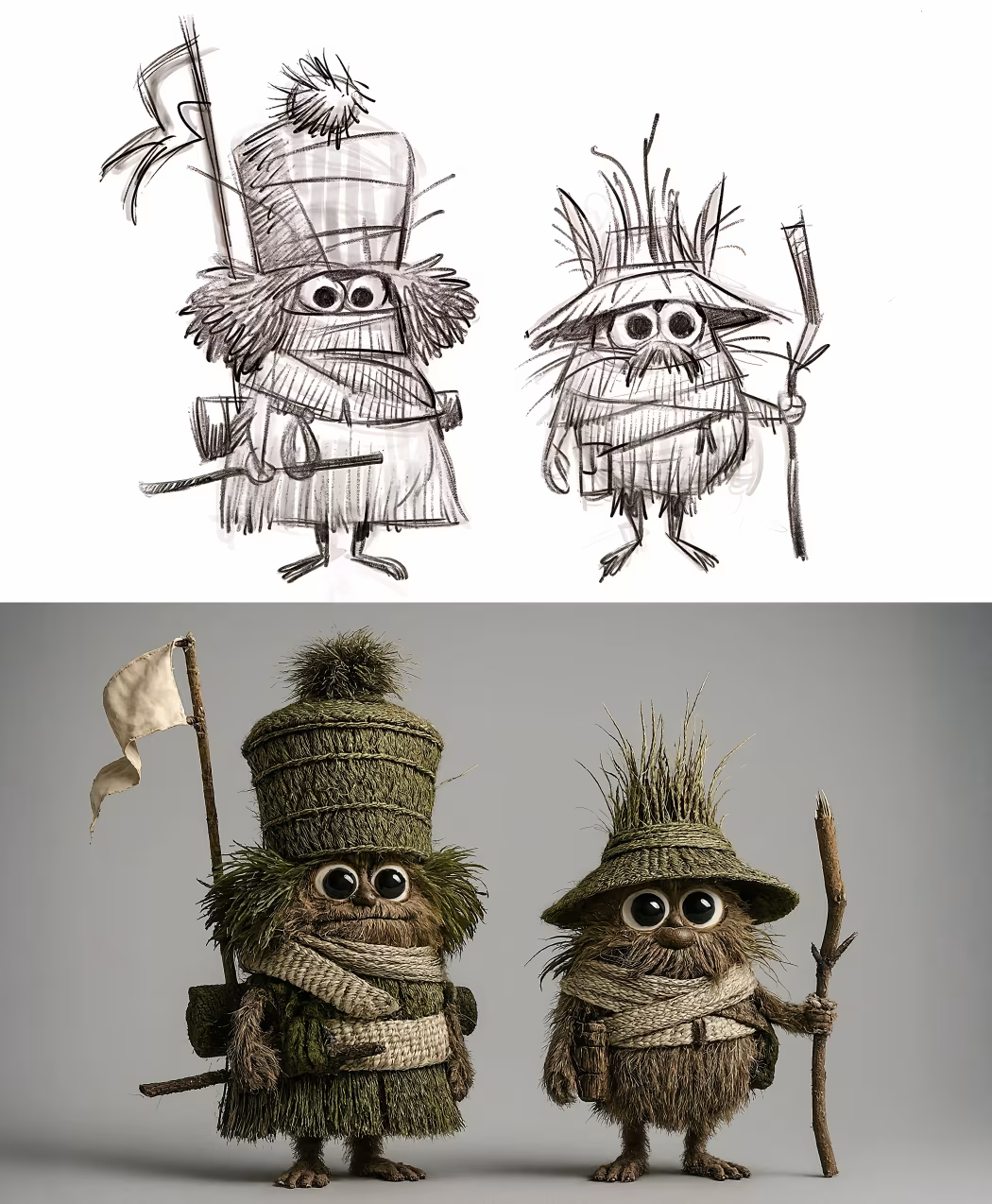
-
AI and the Law: Anthropic to Pay $1.5 Billion to Settle Book Piracy Class Action Lawsuit
https://variety.com/2025/digital/news/anthropic-class-action-settlement-billion-1236509571
The settlement amounts to about $3,000 per book and is believed to be the largest ever recovery in a U.S. copyright case, according to the plaintiffs’ attorneys.

-
Sir Peter Jackson’s Wētā FX records $140m loss in two years, amid staff layoffs
https://www.thepost.co.nz/business/360813799/weta-fx-posts-59m-loss-amid-industry-headwinds
Wētā FX, Sir Peter Jackson’s largest business has posted a $59.3 million loss for the year to March 31, an improvement on an $83m loss last year.

FEATURED POSTS
-
Types of Film Lights and their efficiency – CRI, Color Temperature and Luminous Efficacy
nofilmschool.com/types-of-film-lights
“Not every light performs the same way. Lights and lighting are tricky to handle. You have to plan for every circumstance. But the good news is, lighting can be adjusted. Let’s look at different factors that affect lighting in every scene you shoot. “
Use CRI, Luminous Efficacy and color temperature controls to match your needs.Color Temperature
Color temperature describes the “color” of white light by a light source radiated by a perfect black body at a given temperature measured in degrees Kelvinhttps://www.pixelsham.com/2019/10/18/color-temperature/
CRI
“The Color Rendering Index is a measurement of how faithfully a light source reveals the colors of whatever it illuminates, it describes the ability of a light source to reveal the color of an object, as compared to the color a natural light source would provide. The highest possible CRI is 100. A CRI of 100 generally refers to a perfect black body, like a tungsten light source or the sun. “https://www.studiobinder.com/blog/what-is-color-rendering-index
(more…)
-
Tencent Hunyuan3D 2.1 goes Open Source and adds MV (Multi-view) and MV Mini
https://huggingface.co/tencent/Hunyuan3D-2mv
https://huggingface.co/tencent/Hunyuan3D-2mini
https://github.com/Tencent/Hunyuan3D-2
Tencent just made Hunyuan3D 2.1 open-source.
This is the first fully open-source, production-ready PBR 3D generative model with cinema-grade quality.
https://github.com/Tencent-Hunyuan/Hunyuan3D-2.1
What makes it special?
• Advanced PBR material synthesis brings realistic materials like leather, bronze, and more to life with stunning light interactions.
• Complete access to model weights, training/inference code, data pipelines.
• Optimized to run on accessible hardware.
• Built for real-world applications with professional-grade output quality.
They’re making it accessible to everyone:
• Complete open-source ecosystem with full documentation.
• Ready-to-use model weights and training infrastructure.
• Live demo available for instant testing.
• Comprehensive GitHub repository with implementation details.